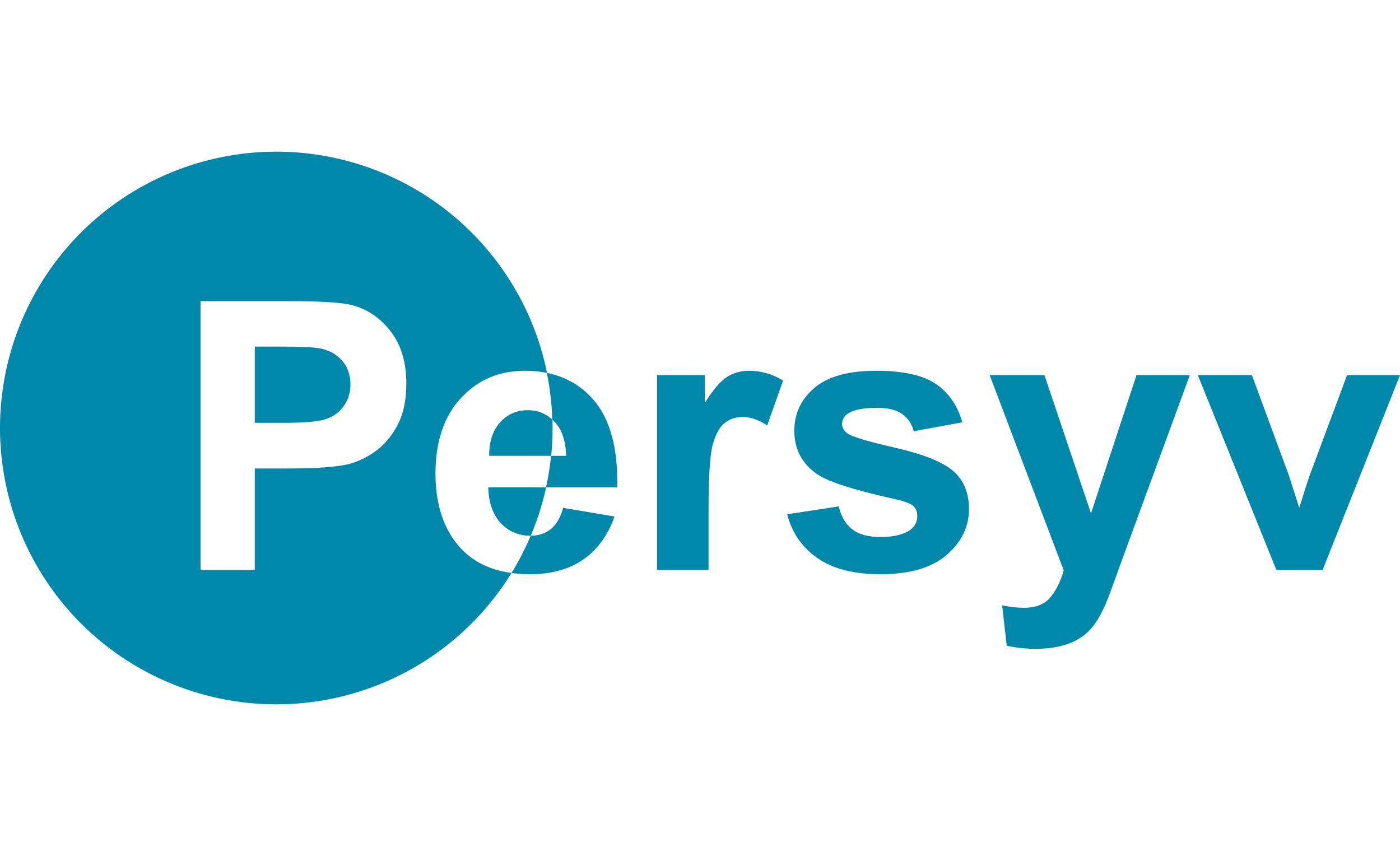
Passive income has become a buzzword in the entrepreneurial world, promising financial freedom and a life of leisure. However, the concept of passive income is often misunderstood and misrepresented, leading to unrealistic expectations. Here, we will explore the myth of passive income, dissecting its true nature and examining the claims made by those promoting courses on this elusive concept.
Understanding Passive Income:
Passive income is commonly defined as earnings derived from a business or investment in which an individual is not actively involved. Examples include rental income, dividends, and royalties. While these sources can indeed generate money with minimal effort once established, achieving true “hands-free” income is far more challenging than it may seem.
The Reality of Passive Income:
- Initial Effort and Investment: Contrary to popular belief, most passive income streams require significant upfront effort and investment. Creating a product, building a website, or investing in real estate demands time, money, and expertise.
- Continuous Maintenance: True passivity is rare. Even seemingly passive ventures like rental properties or dividend stocks require ongoing management, maintenance, and strategic decision-making.
- Market Dynamics: Economic conditions and market fluctuations can impact the performance of passive investments. A “set it and forget it” approach may lead to sub optimal results.
Debunking Passive Income Courses:
1. Overpromising Results:
The allure of passive income often leads individuals to explore courses and programs promising extraordinary results with minimal effort. However, the reality is far more nuanced. Many of these courses tend to overpromise, showcasing exceptional success stories without providing a holistic view of the unique circumstances that contributed to that success.
These programs, in their pursuit of attracting participants, may create unrealistic expectations, fostering a belief that financial freedom can be achieved effortlessly. Overpromising results not only sets up individuals for disappointment but can also lead to a lack of preparedness for the inevitable challenges that come with building passive income streams. It’s crucial for aspiring entrepreneurs to approach such courses with a discerning eye, understanding that genuine success in the realm of passive income requires a combination of strategic planning, hard work, and a realistic understanding of the journey ahead. Engaging with courses that align with these principles ensures a more informed and sustainable approach to building a successful passive income portfolio.
2. Lack of Individualization:
One common pitfall in many passive income courses is the tendency to adopt a one-size-fits-all approach, neglecting the diverse skill sets, resources, and circumstances of individual participants. These courses often provide generalized strategies without considering the unique attributes that each person brings to the table. Success stories showcased in such programs may not resonate with everyone, as the intricacies of personal strengths, preferences, and financial situations are overlooked.
Building successful passive income streams requires a personalized touch. A lack of individualization in courses can lead participants down paths that might not align with their skill sets or financial capacities. A successful real estate venture, for instance, might not be feasible for someone lacking the necessary capital or interest in the real estate market. A holistic approach involves tailoring strategies to individual circumstances, ensuring that participants can leverage their strengths and navigate challenges effectively. Aspiring entrepreneurs should seek out resources that emphasize the importance of personalization, providing guidance that empowers them to craft a passive income strategy uniquely suited to their individual goals and circumstances.
3. Hidden Costs:
The pursuit of passive income often encounters the deceptive allure of promises without acknowledging the potential hidden costs involved. Some courses may downplay or altogether ignore the financial and time investments required beyond the initial sign-up fee. Participants might find themselves facing unexpected expenses related to setting up and maintaining their chosen income streams, such as marketing costs, software subscriptions, or unforeseen property maintenance.
These hidden costs can significantly impact the overall feasibility and profitability of passive income ventures. Without a transparent understanding of the potential financial commitments involved, participants may find themselves ill-prepared to handle the reality of building and sustaining passive income streams. A comprehensive education on hidden costs ensures a more realistic approach, empowering individuals to make informed decisions, budget effectively, and navigate the complexities of their chosen passive income pursuits with eyes wide open. Seeking courses that transparently discuss both the potential gains and the associated costs is essential for a well-rounded and prepared approach to building a sustainable passive income portfolio.
The Real Path to Financial Freedom:
1. Diversification:
One often overlooked but essential aspect of building a resilient passive income strategy is diversification. The myth of passive income often perpetuates the idea that a single investment or source of income can pave the way to financial freedom. However, the reality is far more nuanced, and diversifying your investments emerges as a strategic imperative.
a. Mitigating Risks:
Instead of putting all your financial hopes in a single passive income stream, consider spreading your investments across various assets. This could include a mix of rental properties, dividend stocks, online businesses, or other income-generating ventures. The key benefit of diversification is risk mitigation.
Financial markets are inherently unpredictable, subject to economic downturns and unforeseen challenges. By diversifying your investments, you create a safety net. If one income stream encounters difficulties due to market fluctuations or external factors, the impact on your overall financial stability is minimized because other streams may continue to perform well.
b. Enhancing Stability and Resilience:
Diversification not only mitigates risks but also enhances the stability and resilience of your passive income strategy. Different income streams may respond differently to changing economic conditions, providing a more consistent and reliable cash flow over time.
Think of it as having a diversified portfolio of skills – if one skill set becomes less in demand, others may become more valuable. Similarly, with a diversified investment portfolio, your overall income may remain stable even when individual components face challenges.
c. Long-Term Success:
For those aiming for long-term success in the realm of passive income, diversification is a strategic move. It ensures that your financial structure is adaptable and less susceptible to the unpredictable nature of markets. It’s not just about spreading your investments; it’s about creating a well-rounded, resilient portfolio that can weather the storms and adapt to changing circumstances.
So, as you explore various passive income opportunities, remember that diversification is not merely a suggestion – it’s a crucial element in your toolbox for financial success. Don’t fall into the trap of relying on a single source of income; instead, strategically diversify your investments to build a robust and stable passive income foundation.
2. Continuous Learning:
In the dynamic realm of passive income, embracing a mindset of continuous learning is not just beneficial – it’s a strategic imperative. The landscape of investments, technologies, and market trends is ever-evolving, and staying informed is key to optimizing and safeguarding your passive income streams.
a. Adapting to Changing Market Conditions:
Markets are fluid, influenced by a myriad of factors such as economic shifts, technological advancements, and changes in consumer behavior. Continuous learning allows you to adapt your passive income strategy to these changing conditions. Whether it’s understanding the impact of new regulations on real estate investments or staying abreast of emerging trends in online businesses, an ongoing commitment to learning positions you to make informed decisions.
b. Optimizing Passive Income Streams:
Passive income is not a static concept; it requires ongoing optimization. Continuous learning empowers you to identify opportunities for improvement within your existing income streams. This might involve refining your investment strategies, adopting new technologies to enhance online ventures, or staying updated on the latest dividend-paying stocks. The goal is to ensure that your passive income streams are not only resilient but also positioned for maximum returns.
c. Exploring New Avenues:
The world of passive income is diverse, with new opportunities constantly emerging. Continuous learning opens the door to exploring new avenues that align with your financial goals. Whether it’s delving into alternative investments, understanding the intricacies of cryptocurrency, or exploring innovative business models, a commitment to learning broadens your horizons and allows you to diversify your passive income portfolio strategically.
d. Mitigating Risks through Informed Decision-Making:
Informed decision-making is a powerful risk mitigation tool. Continuous learning equips you with the knowledge needed to assess and navigate potential risks associated with your passive income ventures. Understanding market trends, industry developments, and economic forecasts enables you to make proactive decisions, reducing the likelihood of setbacks and enhancing the overall resilience of your income streams.
e. Strategic Positioning for Long-Term Success:
Passive income success is not just about initial setup; it’s about long-term sustainability. Continuous learning positions you strategically for long-term success by ensuring that your passive income strategies evolve alongside the ever-changing financial landscape. It’s a commitment to growth, adaptability, and the pursuit of knowledge that can make the difference between short-term gains and enduring financial freedom.
In summary, continuous learning is not just a habit; it’s a proactive approach to navigating the complexities of the passive income journey. By staying informed, adapting to change, and exploring new opportunities, you empower yourself to build a robust and future-proof passive income portfolio.
3. Realistic Expectations:
In the world of passive income, managing expectations is crucial for long-term success. While the allure of quick wealth and financial freedom may be enticing, adopting a mindset of realistic expectations is the foundation upon which sustainable passive income is built.
a. Understanding the Gradual Nature of Passive Income:
It’s essential to recognize that true passive income is a gradual process. Unlike get-rich-quick schemes that promise overnight success, building a reliable and sustainable passive income stream takes time. Realistic expectations involve understanding that the journey involves incremental growth, patience, and a commitment to long-term success.
b. Setting Attainable Milestones:
Rather than expecting instantaneous results, setting attainable milestones is key to maintaining a realistic outlook. Break down your passive income goals into manageable steps. This not only provides a sense of accomplishment along the way but also ensures that each milestone contributes to the overall trajectory of financial success.
c. Adapting to Challenges:
Realistic expectations involve acknowledging that challenges are an inherent part of any financial journey. Whether it’s market fluctuations, unforeseen expenses in a real estate venture, or changes in consumer behavior affecting an online business, understanding that challenges are a natural part of the process allows you to adapt and overcome setbacks effectively.
d. Balancing Enthusiasm with Pragmatism:
While enthusiasm is crucial for embarking on a passive income journey, it’s equally important to balance it with pragmatism. Realistic expectations involve a clear-eyed assessment of risks, potential obstacles, and the time required for various income streams to yield substantial returns. This pragmatic approach helps you make informed decisions and avoid undue frustration when faced with challenges.
e. Celebrating Progress:
Realistic expectations don’t mean neglecting to celebrate progress. Recognizing and celebrating even small victories along the way contributes to a positive mindset. It reinforces the notion that you are on the right path and encourages continued commitment to your passive income goals.
f. Long-Term Vision for Financial Freedom:
Maintaining realistic expectations is about having a long-term vision for financial freedom. While there may be success stories of rapid wealth accumulation, these are often exceptions rather than the rule. Understanding that building a solid passive income foundation is a journey, not a sprint, positions you for sustained success and a secure financial future.
Realistic expectations serve as the compass guiding your passive income journey. They enable you to navigate challenges, celebrate achievements, and stay committed to the gradual but rewarding path to financial freedom. By embracing this mindset, you empower yourself to build a resilient and enduring passive income portfolio.
To Conclude
While passive income is a legitimate and achievable goal, it is essential to approach it with a realistic mindset. Debunking the myth of effortless wealth through passive income is crucial for individuals seeking financial freedom. Rather than falling for the allure of quick fixes, it’s vital to invest time, effort, and resources wisely while maintaining a clear understanding of the ongoing commitment required for sustained success.
Image Credit: Image by pch.vector on Freepik
Disclaimer: The information provided in this article is for educational and informational purposes only. It should not be construed as financial advice. Before making any investment decisions, readers are strongly advised to consult with a qualified financial advisor who can provide personalized advice based on individual circumstances. The content of this article is not intended to be a substitute for professional financial guidance, and the authors and publishers are not liable for any losses or damages incurred as a result of reliance on the information presented. Investment decisions involve inherent risks, and individuals should conduct thorough research and analysis or seek professional assistance before making any financial commitment





